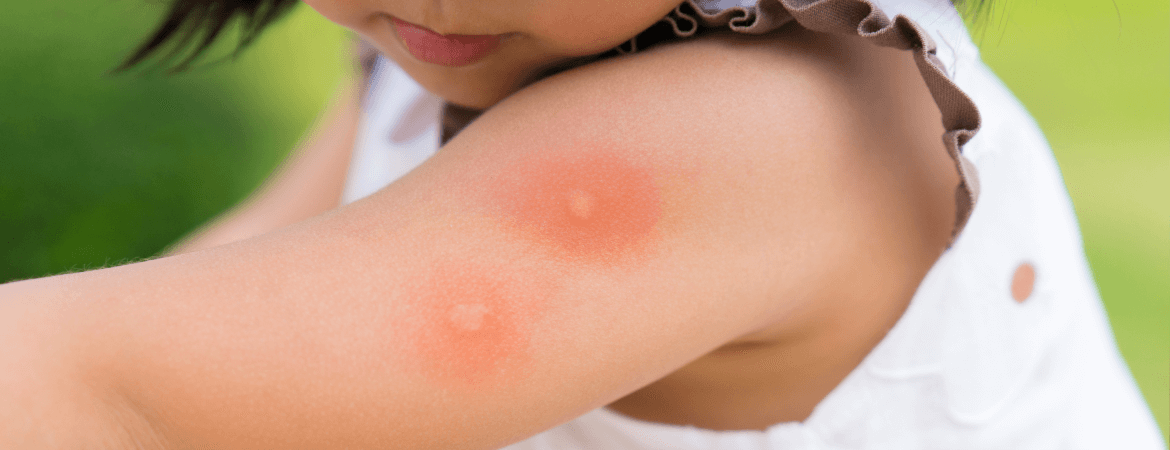
Food allergies in children
You’ve whipped up a fancy new meal and everyone is oohing and ahhing over your kitchen ingenuity when your child breaks out in a rash.
Uh oh… food allergy alert!
Children's food allergies occur when their immune system reacts negatively to certain foods. When a child with a food allergy eats something they're allergic to, their body rushes into defensedefence mode and assumes that particular food is harmful, even though it's actually safe to eat. This triggers an immune response, which can lead to various symptoms.
Where does a food allergy come from?
In order for a child who is sensitive to certain foods to have an allergic reaction, they must have been previously exposed to that specific food. The allergic symptoms usually occur when the child consumes the food for the second time. During this process, special antibodies in their body (known as IgE) react to the food, leading to the release of histamines.
These histamines can cause different symptoms such as hives (red and itchy bumps on the skin), asthma (difficulty breathing), itching in the mouth, stomach pains, vomiting and/or diarrhoea.
The amazing immune system
It really is amazing! The immune system's job is to protect the body from harmful intruders like bacteria and viruses. However, in the case of a food allergy, the immune system overreacts and unintentionally identifies a harmless food as a threat. To defend against this imagined threat, the immune system releases chemicals like histamine, which cause symptoms such as itching, hives, stomach pain, or trouble breathing.
With childhood food allergies, the most common culprits tend to be:
- Peanuts
- Tree nuts (almonds and cashews)
- Milk
- Eggs
- Soy
- Wheat
- Fish and shellfish
Of course, eachcourse, each child's allergies can be different, and they may not have allergies to all of these foods.
When a child is diagnosed with a food allergy, it's key to avoid that specific trigger. This means reading food labels carefully and avoiding foods that contain the allergen. Sometimes, even tiny amounts of the allergenic food can cause a severe reaction, so it's important to be cautious.
If your child accidentally eats a foodfood, they're allergic to, they may experience the usual symptoms like a rash, swelling, vomiting, diarrhoea, or difficulty breathing. In severe cases, a serious allergic reaction called anaphylaxis can occur, which calls for immediate medical attention.
It’s important that you explain to your child (in age-appropriate terms) his allergy. They need to be aware of the trigger foods and understand how to take their medication if necessary. You also need to let their teacher and other caregivers know about the allergy so there are no food mishaps.
Good to know
When your child has a food allergy, their immune system reacts in a way that can cause a range of symptoms, ranging from mild discomfort to severe danger. On the other hand, a food intolerance does not involve the immune system, even though some symptoms might seem similar to those of a food allergy.
Disclaimer
This article is for informational purposes only. Always check with your doctor or medical practitioner about any health concerns, before embarking on any fitness or nutrition programme, or using any medication.
